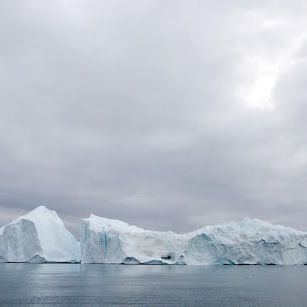Seagrass in coastal areas actas a natural sieve, collecting plastic into natural bundles of seagrass fiber called ‘Neptune Balls,’ according to research published in Scientific Reports. The report states that seagrass in the Mediterranean alone may collect almost 900 million plastic items per year.
“We show that plastic debris in the seafloor can be trapped in seagrass remains, eventually leaving the marine environment through beaching,” Anna Sanchez-Vidal, lead author and a marine biologist at the University of Barcelona, told AFP. This “represents a continuous purge of plastic debris out of the sea,” Sanchez-Vidal added.
Widespread in shallow, coastal waters, seagrass trap and bind sediment particles that form the seabed. Researchers measured the amount of plastic debris found in seagrass litter for a year to understand how much plastic also ends up trapped in seagrass during this process. They studied one specific Mediterranean species — Posidonia oceanica — on four different beaches in Spain. They found plastic debris among 50% of 42 loose seagrass samples, and in 17% of around 200 Neptune Balls.
What stood out was the density of plastic trapped within each Neptune Ball — almost 1500 plastic particles per kilogram of each fiber bundle, in comparison to around 600 plastic particles per kilogram of loose leaves.
Related on The Swaddle:
Seagrass Could Be A Powerful Weapon Against Climate Change, Natural Disasters: UN Report
This research further underlines the importance of seagrass ecosystems, responsible for improving water quality, and creating a natural refuge for several species of fish. As of now, 22 out of 72 seagrass species remain in decline, with 10 nearing extinction. Researchers also add that though seagrass aids in clearing plastic from the ocean, it is unclear if all this plastic harms seagrass yet on a large scale yet. Small-scale research, however, does suggest that plastics pose a threat to seagrass ecosystems and herbivore animals that feed on seagrass.
In this case, researchers stress the importance of seagrass conservation. They write, “What is clear is that the deterioration of seagrass meadows may compromise the services they provide, so it is crucial to undertake specific actions to mitigate threats causing regression and ensure conservation.”




